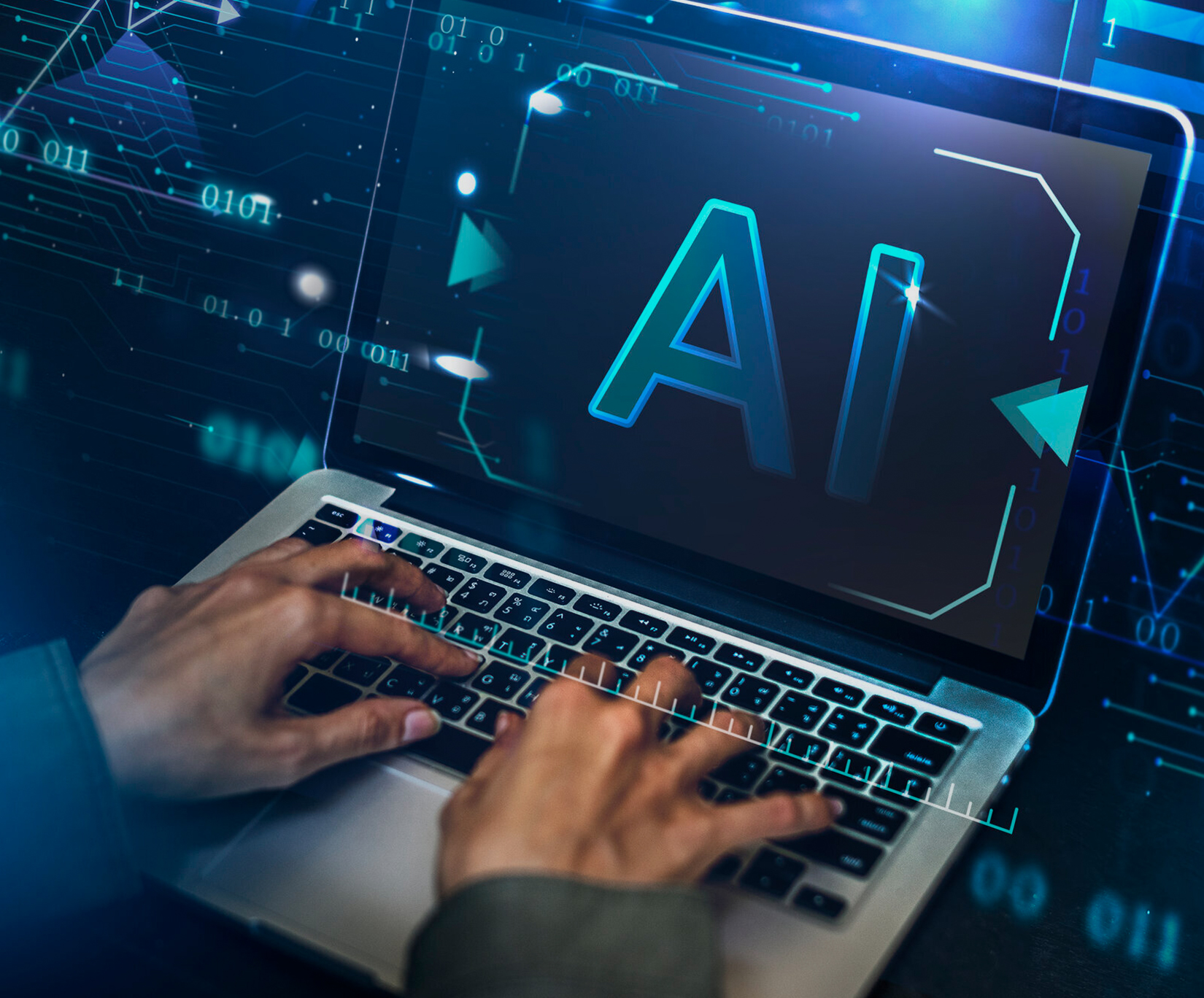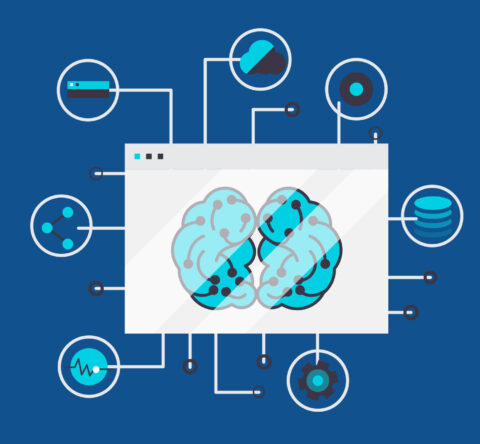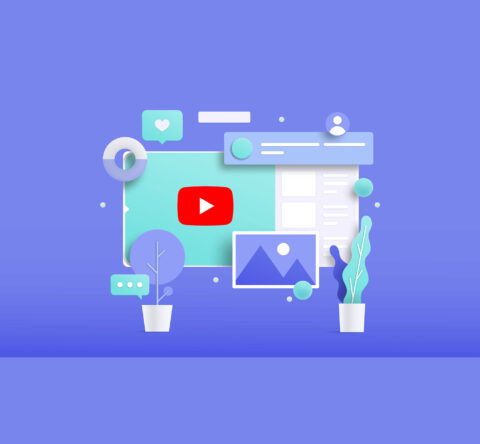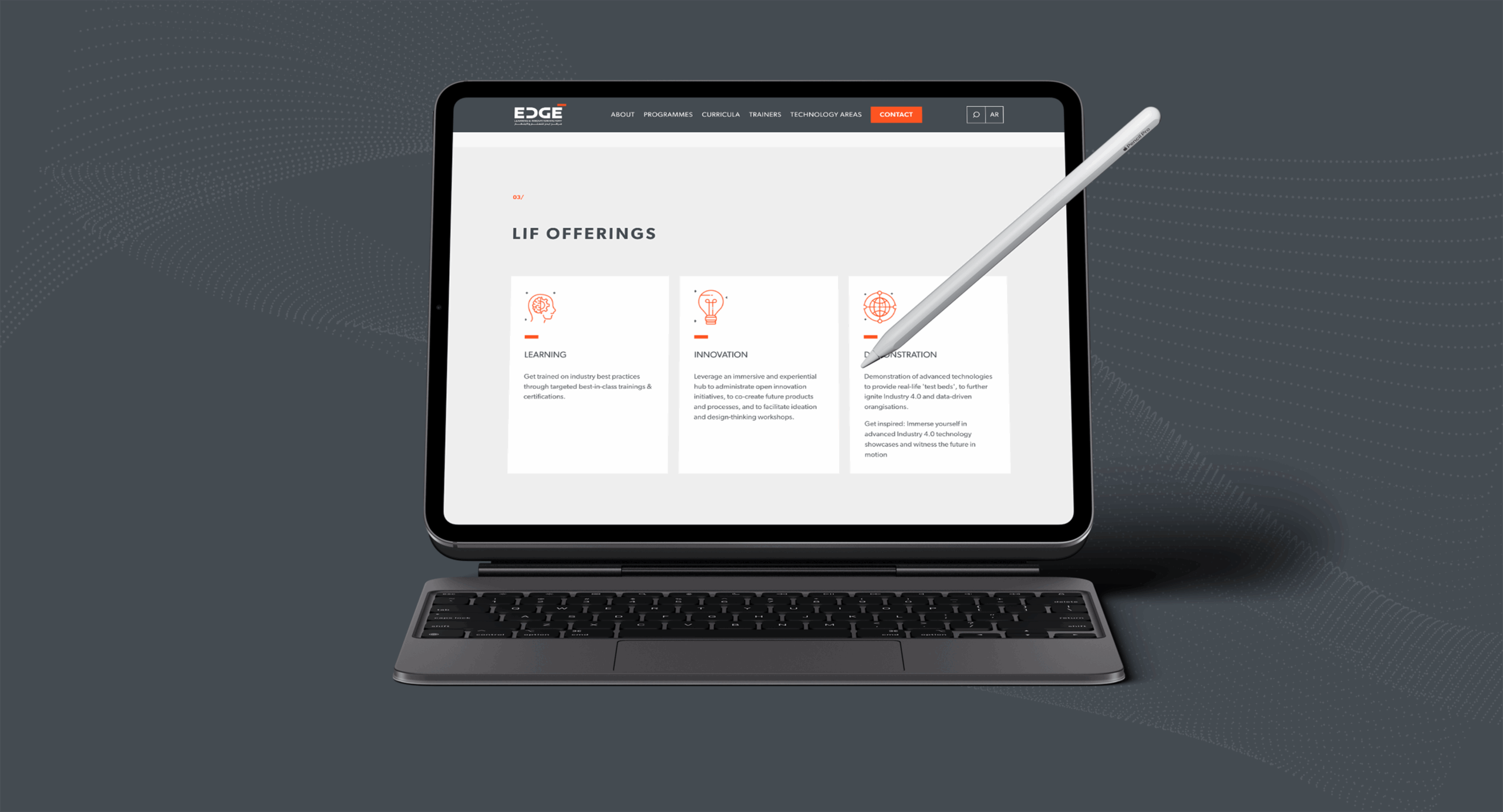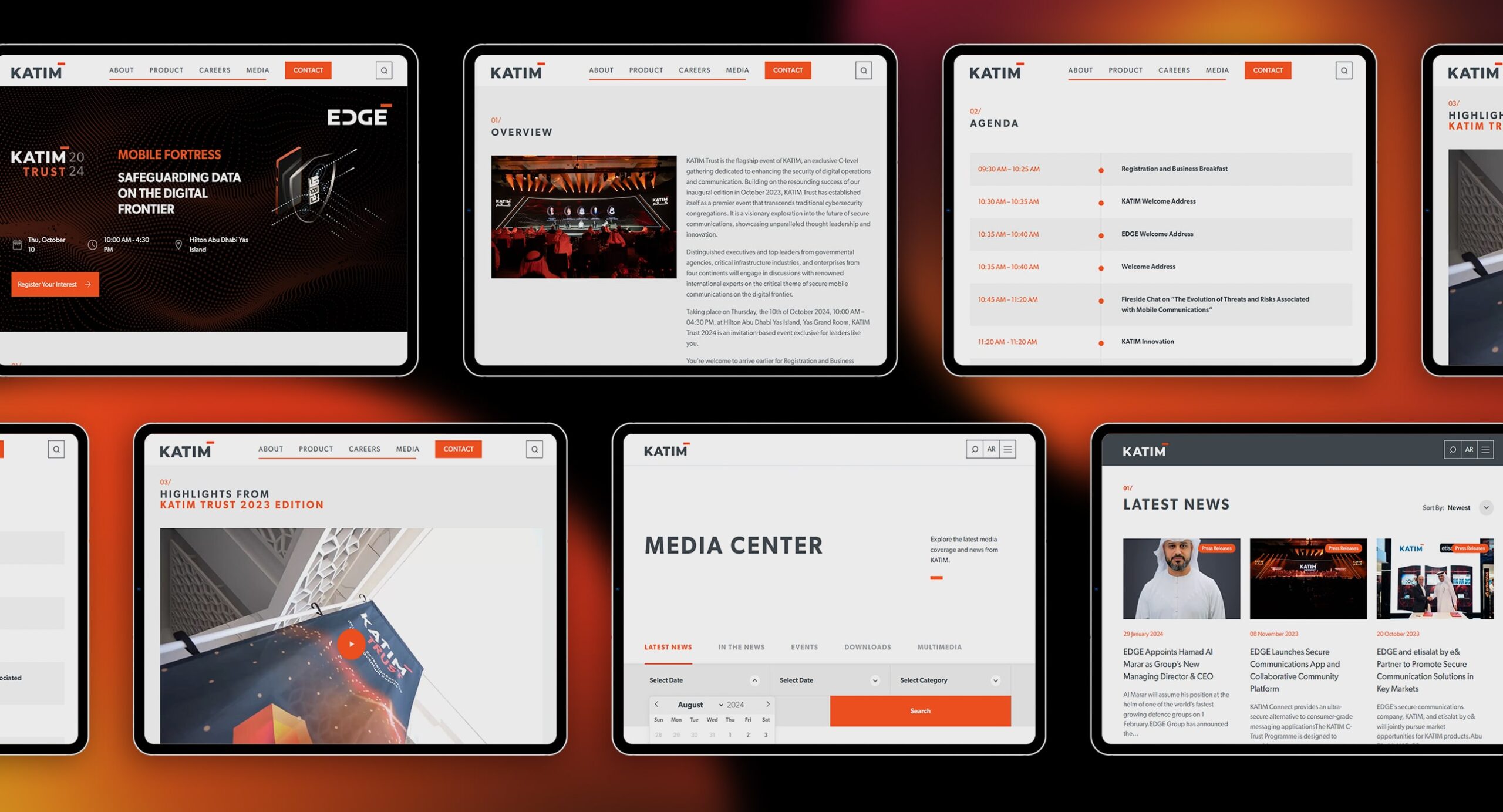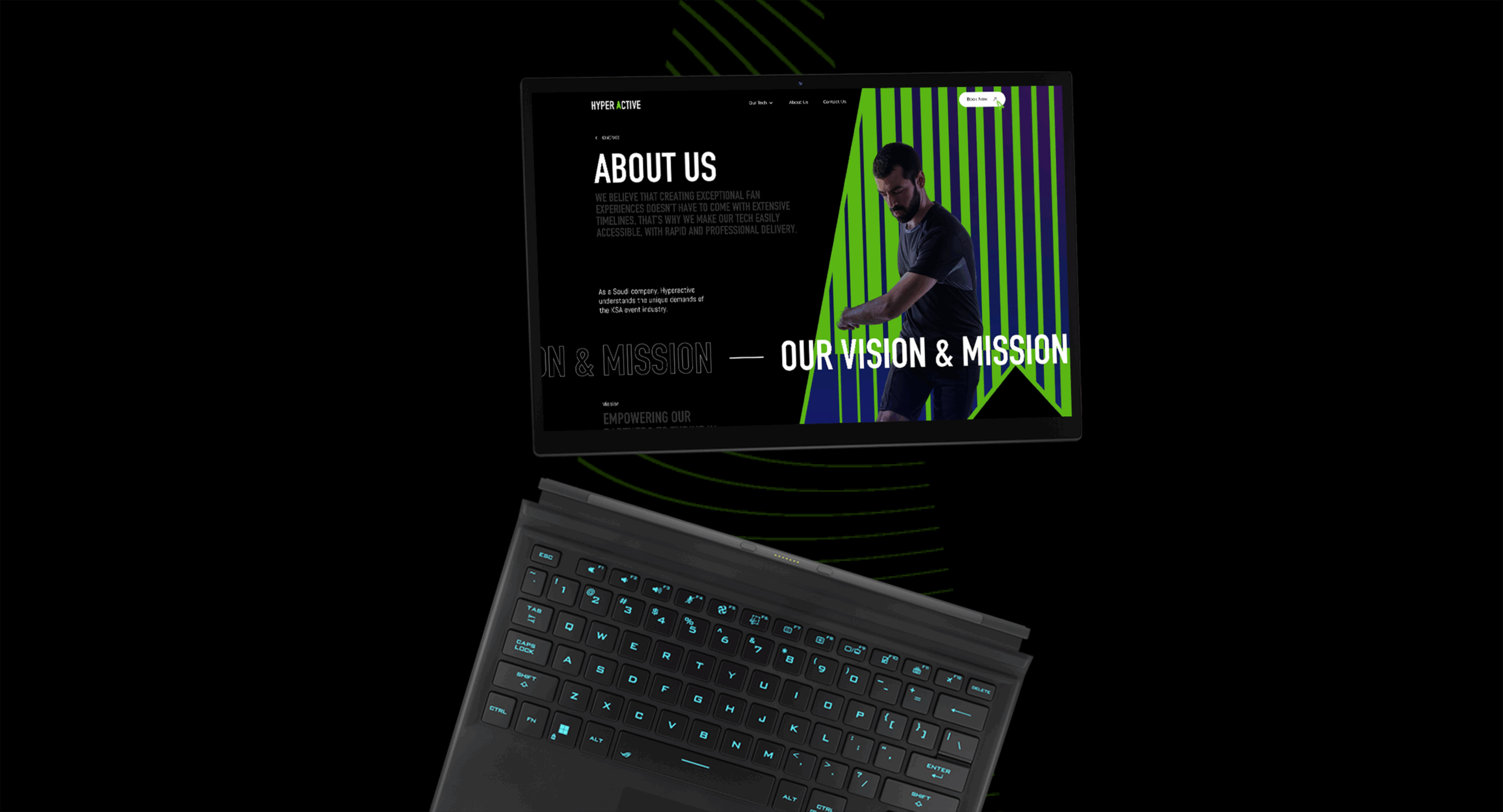As businesses strive to capture consumers’ attention in a crowded digital landscape, advertising has become an increasingly essential tool for building brand awareness and driving sales. However, creating successful ad campaigns requires more than just catchy taglines and attractive visuals.
Advertisers must constantly analyze and adjust their campaigns based on performance data to achieve optimal results. This is where artificial intelligence (AI) comes in, offering new ways to analyze data, test hypotheses, and optimize ad campaigns.
This blog post will explore the best practices for using AI in ad campaign optimization, discuss successful case studies, examine challenges and limitations, and predict future trends.
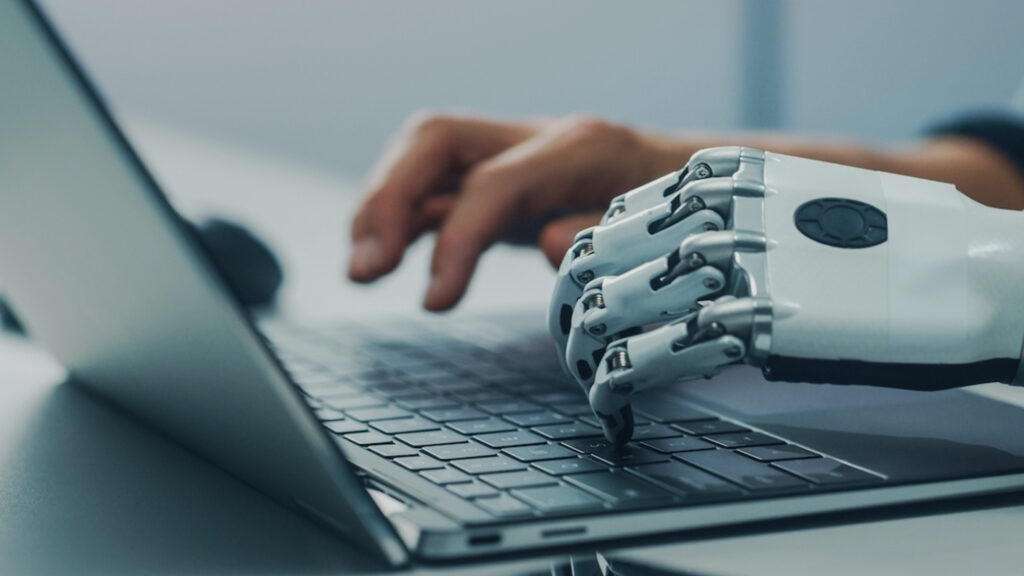
5 Best Practices for Using AI in Ad Campaign Optimization
When it comes to using AI for ad campaign optimization, there are several best practices that businesses can follow to ensure the best results:
#1. Define your goals and campaign objective
Before using AI to optimize your ad campaigns, defining your goals will help you choose the right AI tools and algorithms.
#2. Use Quality Data
Any AI-powered ad optimization strategy’s success relies heavily on data quality. Ensure that your data is clean, organized, and accurate. The data should be collected from multiple sources and verified before being used to train the AI models.
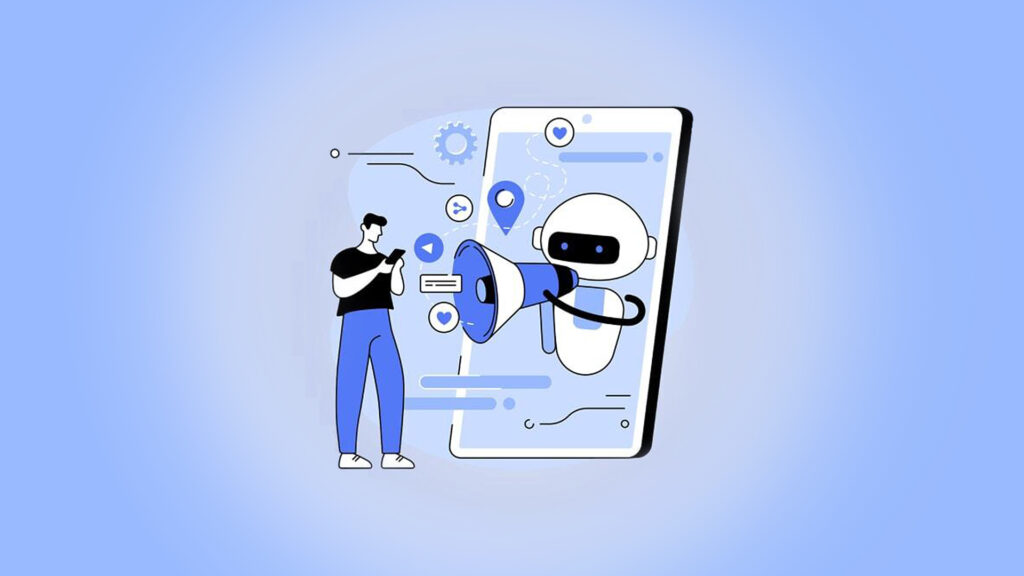
#3. Choose the Right AI Tools
There are various AI tools and algorithms available to optimize your ad campaigns. Some of the popular ones include:
Predictive Analytics
Data mining, machine learning, and other AI techniques are used to analyze data and predict future outcomes.
Natural Language Processing (NLP)
Analyze the content of your ad copy and landing pages to ensure they’re relevant and compelling to your target audience. There are excellent AI Content Writing & Copywriting Tools that can help skyrocket your marketing.
Image Recognition
Analyzes the images used in your ad campaigns to ensure they’re relevant, engaging, and visually appealing to your target audience.
Audience Segmentation
Uses AI to segment your target audience based on their interests, behaviors, and demographics and target them with personalized ad campaigns.
Consider using modular AI platforms in optimizing ad campaigns because they allow you to use various AI tools and techniques to analyze and improve the performance of your ads.
#4. Choose the Right Metrics to Optimize for
Identifying the key metrics to optimize is crucial to ensuring AI algorithms can deliver the best results. This could be click-through rate (CTR), cost per acquisition (CPA), or return on investment (ROI). Knowing what to optimize for will help ensure your campaign focuses on achieving the desired results.
#5. Monitor and Analyze Your Results
Even with AI-powered ad optimization, monitoring and analyzing your results regularly is essential. Keep track of critical metrics such as click-through rates, conversion rates, and return on ad spend (ROAS). This will help you identify what’s working and what’s not and make necessary adjustments to your ad campaigns.
Case Studies
Pepsico
Pepsico used AI to optimize their Facebook ad campaigns, resulting in a 10% increase in efficiency. By using AI to analyze the performance of their ads in real-time, Pepsico adjusted their targeting and ad creative on the fly, resulting in higher engagement rates and lower costs per click.
BMW
BMW used AI to optimize its display ad campaigns, resulting in a 30% increase in conversions. By using machine learning algorithms to analyze data from their campaigns, BMW was able to identify the most effective targeting parameters and ad creative for each audience segment. This allowed them to optimize their campaigns to deliver the right message to the right person at the right time.
Domino’s Pizza
Domino’s Pizza used AI-powered image recognition to optimize its ad campaigns. Domino’s could identify which images performed best with different target audiences by analysing its pizzas’ images. This resulted in a 13.9% increase in sales and a 6.8% increase in conversion rates.
Challenges and Limitations of Using AI in Ad Campaign Optimization
While AI offers significant benefits for ad campaign optimization, there are also several challenges and limitations to be aware of.
Data Privacy Concerns
AI algorithms rely on large amounts of data to make predictions and optimize campaigns. However, this raises concerns about privacy and how data is collected, stored, and used. Businesses must ensure that they comply with relevant data protection regulations and are transparent about how data is used.
Human Bias in AI Algorithms
AI algorithms are only as good as the data they are trained on. The AI model will produce biased results if the data is biased or incomplete. Businesses need to be aware of potential biases in their data and take steps to mitigate them.
Technical Limitations and Implementation Challenges
Implementing AI for ad campaign optimization can be challenging, especially for smaller businesses with limited technical expertise. Additionally, there may be limitations in the data available, the computing power required to run AI algorithms, and the time and resources needed to train the AI models properly.
Future Trends in AI-Optimized Ad Campaigns
As AI technology continues to evolve, we can expect to see several trends emerge in AI-optimized ad campaigns:
Advancements in Machine Learning and AI Technology
AI technology is advancing rapidly, and we expect to see more advanced algorithms and techniques developed to optimize ad campaigns. This will include advances in machine learning, natural language processing, and computer vision.
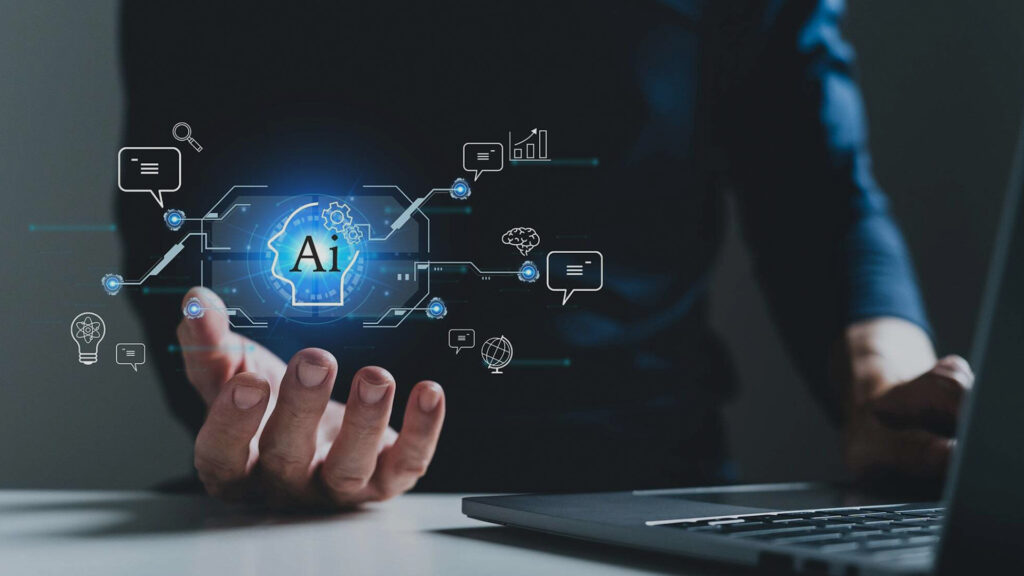
Increased Focus on Ethical and Responsible AI Use
As businesses rely more on AI for ad campaign optimization, there will be a greater focus on ethical and responsible AI use. This will involve developing guidelines and best practices for using AI in advertising and ensuring that AI models are not biased or discriminatory.
Integration of AI with Other Marketing Technologies
AI will increasingly integrate with marketing technologies, such as customer relationship management (CRM) software and marketing automation tools. This will enable businesses to create more targeted and personalized ad campaigns and improve the overall customer experience.
Conclusion
AI is not a magic and still requires human intervention and oversight. Using AI to optimize your ad campaigns is a powerful way to increase effectiveness and efficiency. By following best practices and using the best AI marketing tools, you can achieve your goals and objectives more efficiently.
Related Post
Publications, Insights & News from GTECH


